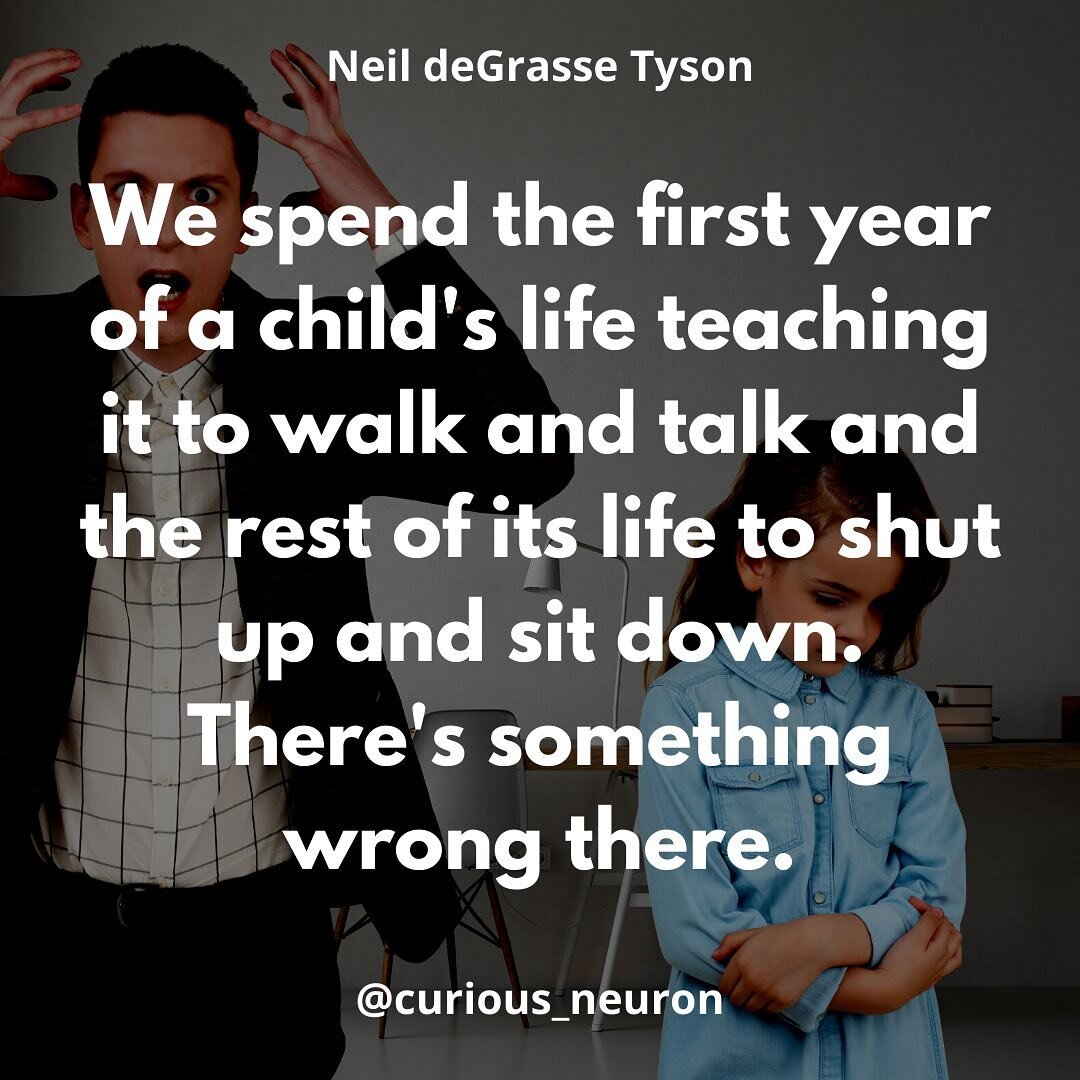Written by Melissa Dunne, M.Ed., BCBA @abamomlife
Many parents struggle with deciding what is best when it comes to behaviour management with their children. Should we punish them for bad behaviour? Do time-outs work? Should we ignore a behaviour (i.e. biting or hitting) and hope they eventually stop? Here are some tips that will guide you when helping your child with their behaviour.
Mastering the ABC’s of Behaviour (AKA THREE TERM CONTINGENCY)
This concept and model is a cornerstone of ABA (applied behaviour analysis), so let’s dive right in. By using the ABC model, we can start to figure out the function (the “why”) of a behaviour, recognize common situations in which the behaviour occurs, and note what consequences are delivered. In the review process, we can see if what we’re doing is working, essentially: Are we seeing more appropriate behaviours and fewer inappropriate behaviours? If so, score! Keep it up. If not, taking ABC data and reviewing the findings can help us pinpoint what needs to be modified.
The breakdown of what’s what:
-
Antecedent: What happens *before* the behaviour occurs.
-
Behaviour: What the person does (this is a very simplified definition but works for our purposes here!). It’s important to remember that every behaviour serves a function- there is a reason for it, even if it’s not immediately obvious what that reason is. Also, ‘behaviour’ can refer to anything a person does, not only “inappropriate” behaviours.
-
Consequence: What happens *after* the behaviour. While ‘consequence’ has a bit of a negative connotation in regular usage, in ABA the term is totally neutral. A consequence for going to work is receiving a pay check, which is not a negative thing.
See if you can identify the ABC in this scenario: Your child asks for a candy bar while in the checkout line. You say “no” because it’s almost dinner time. Your child starts to whine and throws a tantrum. To stop the tantrum, you give your child the candy bar.
1. The A is:
2. The B is:
3. The C is:
How’d you do? Remember how every behaviour has a function? If that above scenario repeats itself, we can deduce that your child’s whining and tantrum behaviour is maintained by access to tangibles (candy)…and that your behaviour of giving the candy is maintained by escape (ceasing the tantrum/embarrassment from the tantrum). Once we get in the habit of identifying ABC’s with our children AND ourselves, it is a serious game changer
Does punishment help our children with their behaviour?
I was reading an article the other day that was saying that punishment doesn’t teach- and that’s partially true. Punishment is not intended to be a teaching procedure- it is simply used to reduce the frequency of a certain behaviour. Although it has an unpleasant connotation, most of us use or have experienced punishment procedures in our everyday life and parenting. Some examples: parent removing privileges as a consequence for child’s inappropriate behaviour, employer docking employee’s pay as a consequence for not showing up to work, receiving a ticket for speeding, and getting sunburned after failing to apply sunscreen.
In ABA, punishment refers to a procedure where a stimulus is either added or removed after the target behaviour occurs, which reduces the future frequency of that behaviour. Sometimes punishment is a naturally occurring consequence. For example, touch a hot stove (behaviour) and your hand gets burned (punishment). That burn is likely to function as a punisher and you will probably not touch a hot stove again.
If we are trying to reduce a behaviour (this can be anything- examples include tantrums, whining, hitting, etc.), we need to be teaching a replacement behaviour, meaning what to do instead- and providing reinforcement for those behaviours. Ideally, these replacement behaviours should be functionally equivalent to the problem behaviour. For example: asking for a break instead of having a tantrum, asking nicely instead of whining, using nice hands instead of hitting, waiting for the stove to cool off or using oven mitts, etc.
Punishment is not meant to be a stand-alone intervention and if it’s being used that way, that is not ABA and is missing a huge component of what leads to effective behaviour change. Instead, it can be used as part of an intervention package- meaning there should also be strategies to target the behaviours you want to see more of. Punishment and corrective feedback for inappropriate behaviours should be used in conjunction with reinforcement for appropriate behaviours, not by themselves. .
Basically, if we want to REDUCE, we need to REPLACE. Shoutout to @simplifybehavior for the handy phrase!
WHY TIME OUT DOESN’T WORK (FOR ESCAPE-MAINTAINED BEHAVIOUR)
In ABA, time out simply means time out from reinforcement. It does not mean standing in a corner with your nose to the wall. I have worked with many parents who didn’t have prior experience with ABA initially say things like “oh time out doesn’t work on my kid”. Well, let’s get into that.
Time out IS effective when used correctly and appropriately. However, if a behaviour is maintained by escape (or avoidance) then providing a time out is actually reinforcement for that behaviour.
Common escape-maintained situations are work (schoolwork, chores, etc.), sensory overload, social settings, and anything perceived as aversive by the individual. If a child acts out in that situation, and is given a time out, boom…that was actually reinforcing because now that aversive situation isn’t occurring.
Examples: – Telling your child to clean his room, he talks back, you tell him he’s in time out, and now guess what, he’s not cleaning his room and is probably enjoying the break – Student is disruptive in class, gets sent to principal’s office, and student is probably happy to be out of class – Child is in movie theatre, it’s really loud and child can’t process the sensory overload, child yells and is removed from the theatre.
In each of these scenarios, the time out is a desired outcome for the individual, but it’s gained through inappropriate behaviour.
So, what are the other options?
-
Teach your child to ask for a break! Whether vocally, signing, using PECS, using a communicative device, etc. it is so important for children to be able to appropriately ask for a break.
-
Make time IN very reinforcing! Time in allows you to take them away from the situation and stay with them reminding them that you are staying with them to keep them safe and to help them (For more info about TIME IN click HERE).
-
Offer choices- for activity/activity order- when possible. Access to choices can reduce problem behaviour.
-
Be prepared to follow through with prompting for necessary tasks.
-
Have a contingency plan in place for escape-maintained behaviours
Follow Melissa on Instagram @abamomlife for more helpful tips on child behaviour!
About the author
Melissa is a Board Certified Behavior Analyst, with a master’s degree in Exceptional Student Education and a focus in Applied Behavior Analysis (ABA). She earned an undergraduate degree in Psychology from the University of Central Florida.
Melissa has been working in the field of ABA since 2005, when she started as direct care staff for adults in an intensive behavior group home. Since then, she has worked in various settings, including in home, clinic, and school consultations. Melissa has worked with individuals from early intervention age to geriatric populations.
Melissa is passionate about dissemination of ABA and sharing how parents can utilize behavioral principles with their own children. Check her out at @abamomlife on Instagram and follow along for easily accessible ABA info and fun activities that promote learning through play.































